
 From the Groundwater Leadership Forum:
From the Groundwater Leadership Forum:
“Of the 46 GSPs submitted in January 2020, the Department of Water Resources (DWR) determined eight GSPs to be adequate and 34 GSPs to be incomplete.
In this paper we evaluate to what extent DWR’s determinations provide oversight on the key issues of drinking water, disadvantaged communities, the environment, stakeholder involvement, and climate change. We summarize the corrective actions that DWR is recommending or requiring, as well as compare DWR’s determinations to the assessment of 31 GSPs that we conducted in 2020.
We also reviewed the 11 comment letters submitted by the State Water Resources Control Board (SWRCB), 25 comment letters submitted by the California Department of Fish and Wildlife (CDFW), and seven comment letters submitted by the National Oceanic and Atmospheric Administration’s National Marine Fisheries Service (NMFS) to compare deficiencies identified in GSPs across agencies.”
Read the report at the Groundwater Exchange here: Groundwater sustainability assessments: A review of DWR’s determinations on groundwater sustainability plans in critically overdrafted basins
RELATED: California can’t waver on water regulation, commentary at Cal Matters
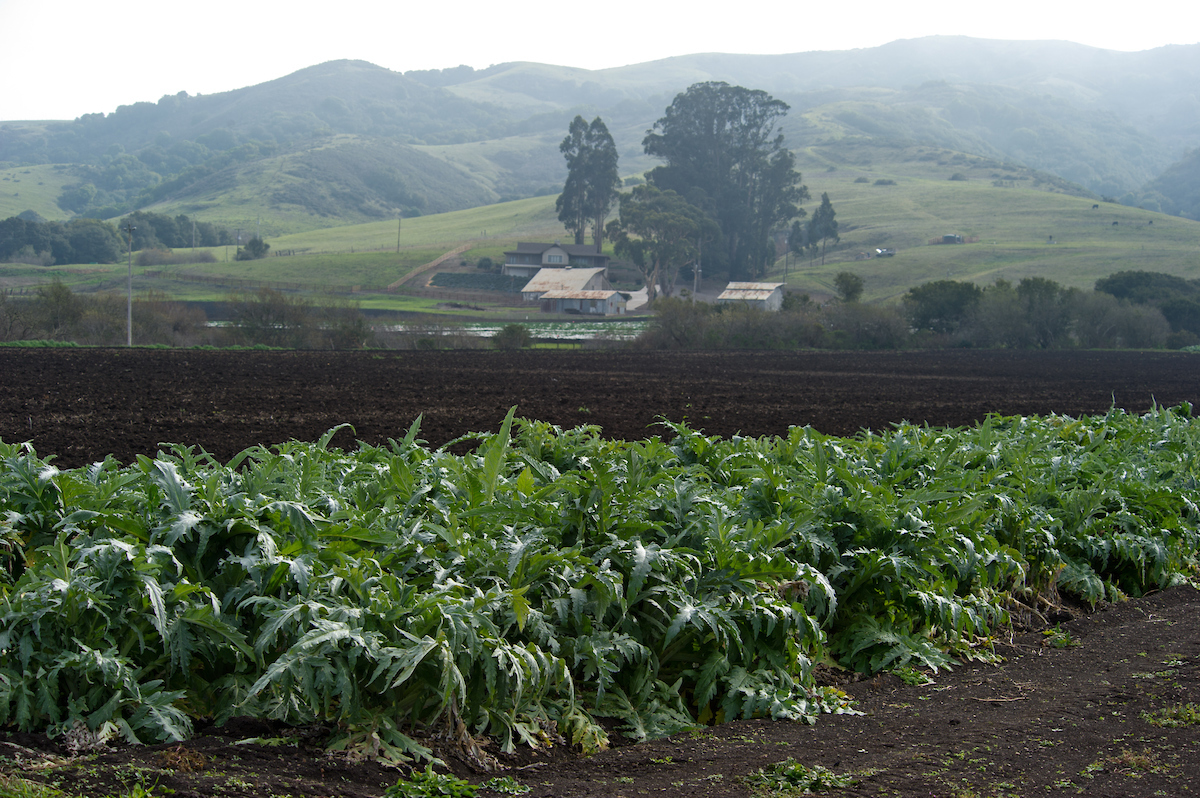
 From the Community Alliance of Family Farmers:
From the Community Alliance of Family Farmers:
The most consequential groundwater policy in California history has so far failed to include small and underrepresented farmers, according to a new report.
Passed in 2014, the Sustainable Groundwater Management Act (SGMA) was designed to protect the state’s groundwater, setting up local agencies to develop regional plans to prevent over-pumping as demand grows, droughts persist, and climate change points to a drier future.
But despite the law’s mandate to consider the interests of all beneficial uses and users of groundwater, the new report titled SGMA and Underrepresented Farmers, released this week by Clean Water Action, Community Alliance with Family Farmers (CAFF), Civic Well, University of California Agriculture & Natural Resources, and the Leadership Counsel for Justice & Accountability, reveals that among 14 local Groundwater Sustainability Agencies (GSAs) studied, few considered the impacts of their plans on farmers growing on smaller acreages, those with shallow wells, tenant farmers, and farmers from underserved communities. None of the plans reviewed included efforts to provide language and culturally appropriate outreach to engage these farmers when drafting their plans.
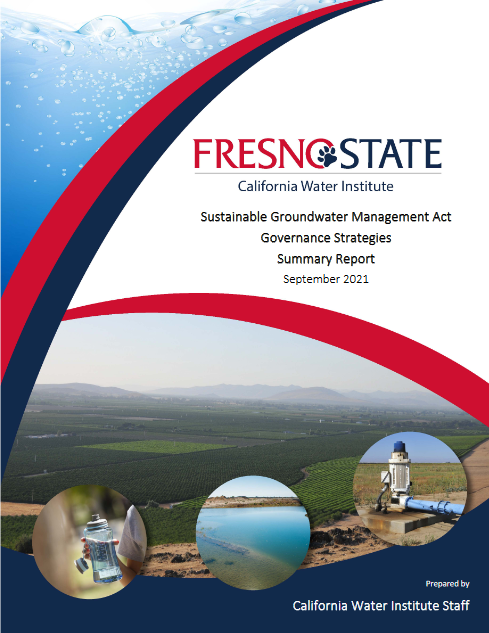
From the California Water Institute at Fresno State:
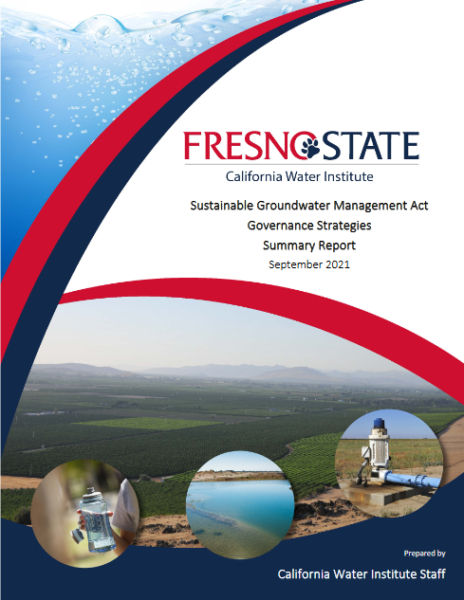 The California Water Institute published a report explaining how the first groundwater sustainability agencies were created and the organizational and governance challenges they navigated.
The California Water Institute published a report explaining how the first groundwater sustainability agencies were created and the organizational and governance challenges they navigated.
A three-bill legislative package referred to as the Sustainable Groundwater Management Act created a fundamental change in the governance of California’s groundwater. The act requires, with some exceptions, the formation of groundwater sustainability agencies for identified groundwater subbasins.
The report includes observations from interviews of policymakers, technical experts and thought leaders.
The report outlines the initial implementation of these new laws in 21 critically overdrafted groundwater subbasins. Based on a review of multiple statutes, regulations, early research, official government documents and interviews with individuals involved in the process, the authors explain how the first groundwater sustainability agencies were created, and the organizational and governance challenges they navigated, Green said.
Click here to continue reading this press release.
Click here to view/download the report.
Register for the free webinar on February 1st discussing the report.

 “California’s Sustainable Groundwater Management Act was designed to prevent significant and unreasonable chronic lowering of groundwater levels across the state, among other undesirable effects. Yet implementation often does not protect shallow wells. This report examines public drinking water supply well vulnerability under the Sustainable Groundwater Management Act. It focuses on wells and water systems in the San Joaquin Valley due to the area’s social and economic significance, high concentration of water-related challenges, and availability of developed groundwater sustainability plans.
“California’s Sustainable Groundwater Management Act was designed to prevent significant and unreasonable chronic lowering of groundwater levels across the state, among other undesirable effects. Yet implementation often does not protect shallow wells. This report examines public drinking water supply well vulnerability under the Sustainable Groundwater Management Act. It focuses on wells and water systems in the San Joaquin Valley due to the area’s social and economic significance, high concentration of water-related challenges, and availability of developed groundwater sustainability plans.
The report finds that 503 of the 1,200 public supply wells in the region, or 42%, are likely to be partially or fully dry at the minimum thresholds established in the region’s sustainability plans. It includes recommendations to support small water systems and domestic wells and improve the resilience of groundwater sustainability Plans, in line with the state’s Human Right to Water. ... ”
Click here to read this report from Pacific Institute.
Click here to visit the Groundwater Exchange’s news page.
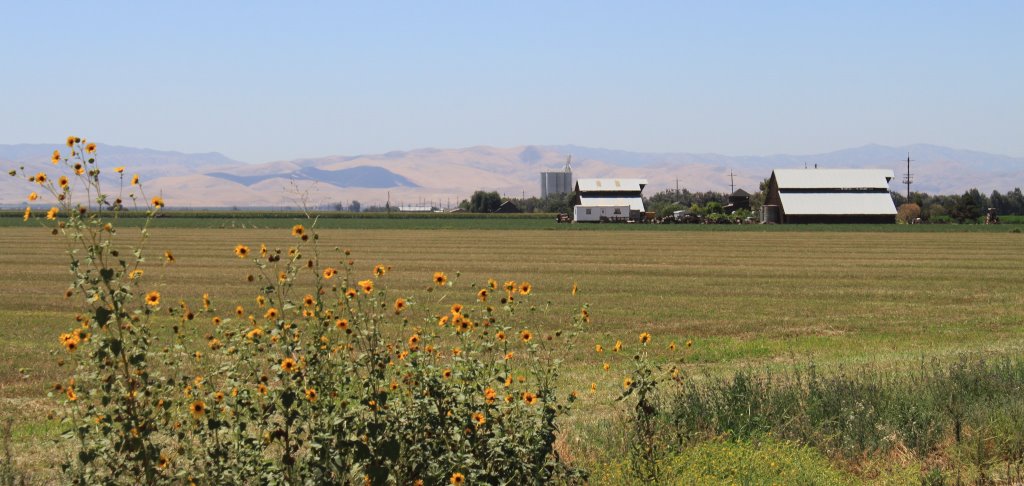
“Domestic wells serve sizable potable water demands in California and much of the world. These wells tend to degrade and fail with declining regional groundwater levels. In areas of irrigated agriculture, impacts to shallower domestic wells may occur from ongoing groundwater use and worsen during drought when agricultural pumping increases to compensate for diminished surface water supplies. Impacts on domestic wells include increased pumping lift, pump cavitation, well screen clogging, and wells running dry.
Our recent work examines the potential for managing these impacts in part of the San Joaquin Valley where groundwater sustainability plans were completed in 2020 as required by the Sustainable Groundwater Management Act. … ”
Click here to continue reading at the California Water Blog.
Click here to visit the Groundwater Exchange’s news page.
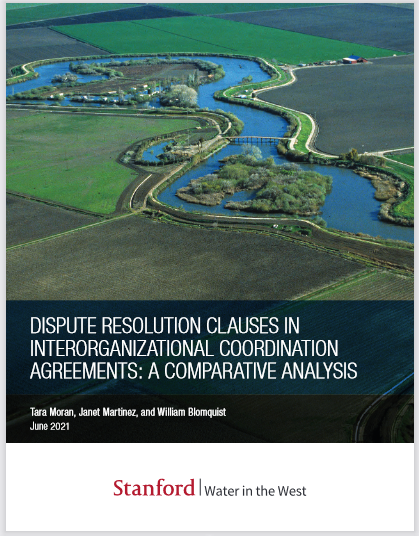
 Adoption of California’s Sustainable Groundwater Management Act (SGMA) in 2014 posed a major coordination challenge for diverse public agencies by requiring them to align their activities at the scale of groundwater basins, which is not how most governing bodies are organized. Meeting this requirement meant establishing governing and operating relationships between agencies. Such interorganizational relationships (IORs) are essential in many fields, but are also prone to conflict. Understanding the factors affecting the inclusion, specificity and salience of dispute resolution clauses (DRCs) in interorganizational agreements ensures the long-term functionality of IORs.
Adoption of California’s Sustainable Groundwater Management Act (SGMA) in 2014 posed a major coordination challenge for diverse public agencies by requiring them to align their activities at the scale of groundwater basins, which is not how most governing bodies are organized. Meeting this requirement meant establishing governing and operating relationships between agencies. Such interorganizational relationships (IORs) are essential in many fields, but are also prone to conflict. Understanding the factors affecting the inclusion, specificity and salience of dispute resolution clauses (DRCs) in interorganizational agreements ensures the long-term functionality of IORs.
We examined 74 multi-entity agreements forming new quasi-voluntary local agencies, devoted to developing and implementing groundwater sustainability plans to achieve groundwater sustainability under SGMA. Statistical analyses were performed to identify potential factors influencing both the inclusion of DRCs in agreements, as well as the degree of specificity. Agency annual operating budgets and the use of facilitation services during agreement formation were statistically significant factors in predicting the inclusion of DRCs in agreements. Interviews were conducted with a subset of agency representatives, facilitators and lawyers to understand factors motivating the inclusion of DRCs and the salience of those clauses.
We found a near uniform lack of salience associated with the DRCs. While DRCs are considered an important component of multientity agreements, their inclusion and specificity are often driven by agreement drafters with minimal involvement of agreement parties impacting the salience of DRCs and potentially their use long-term.
Click here to read this report from Stanford’s Water in the West.
Click here to visit the Groundwater Exchange’s news page.
 One of the key criteria that the Department of Water Resources (DWR) must consider when evaluating whether a GSP is likely to achieve the sustainability goal for the basin is “Whether the interests of the beneficial uses and users of groundwater in the basin, and the land uses and property interests potentially affected by the use of groundwater in the basin, have been considered” (23 California Code of Regulations [CCR] § 355.4(b)(4)).
One of the key criteria that the Department of Water Resources (DWR) must consider when evaluating whether a GSP is likely to achieve the sustainability goal for the basin is “Whether the interests of the beneficial uses and users of groundwater in the basin, and the land uses and property interests potentially affected by the use of groundwater in the basin, have been considered” (23 California Code of Regulations [CCR] § 355.4(b)(4)).
In regard to this and other statutory requirements to consider and address the needs of all beneficial users in GSPs, a group of NGOs, with the support of Water Foundation, collectively reviewed 31 GSPs in 16 critically overdrafted basins and subbasins.
The organizations collectively submitted detailed formal comment letters to each GSA on the public draft GSPs as well as detailed formal comment letters to DWR on the final GSP documents, within the formal public review period.
The reviews were prioritized towards those GSPs that were considered to be of high priority by our organizations due to the presence of: (1) small drinking water systems, (2) groundwater dependent ecosystems (GDEs), and (3) DACs. Prioritization also considered coverage and interest by the respective organizations, with the goal of selecting at least one GSP per critically overdrafted basin.
Although we did not review all 46 submitted GSPs, the findings from our analysis are both valuable to inform GSP implementation and updates in critically overdrafted basins, and to inform the development and review of GSPs currently being drafted for the remaining high- and medium-priority basins. For each of the five key elements, the following sections discuss: (1) the regulatory basis for consideration of beneficial users, (2) a summary of our review findings, (3) a discussion of how the GSPs should have more adequately addressed the key issues, and (4) a selection of “Model GSP Elements” from reviewed GSPs.
It is the goal of this analysis to share our findings in order to help inform and improve the development of GSPs for non-critically overdrafted basins, as well as to inform opportunities for improvement of GSPs for critically overdrafted basins.
For more analysis on the 2020 GSPs, visit the 2020 GSP page at the Groundwater Exchange.
 “In 2014, California’s landmark Sustainable Groundwater Management Act (SGMA) promised comprehensive management of California’s groundwater. The report, based on joint analysis by Stanford University’s Water in the West and The Nature Conservancy, finds that SGMA actually suffers from several major gaps in its coverage.
“In 2014, California’s landmark Sustainable Groundwater Management Act (SGMA) promised comprehensive management of California’s groundwater. The report, based on joint analysis by Stanford University’s Water in the West and The Nature Conservancy, finds that SGMA actually suffers from several major gaps in its coverage.
Indeed, SGMA currently protects less than two percent of California’s groundwater. While SGMA covers those groundwater basins where the vast majority of pumping today occurs, it does not protect many other important groundwater sources, leaving that groundwater at risk of over-pumping, now and in the future, with no state oversight to safeguard rural domestic wells, sensitive habitats, and other beneficial uses of water.
This report, Mind the Gaps: The Case for Truly Comprehensive Sustainable Groundwater Management, details SGMA’s gaps and their consequences and recommends several ways to remedy these gaps. The gaps largely stem from the ways in which the California Department of Water Resources (DWR) defines and prioritizes groundwater basins in Bulletin 118 (California’s Groundwater). … ”
Read the report here: Mind the Gaps: The Case for Truly Comprehensive Sustainable Groundwater Management
 “Over the coming decades, California’s San Joaquin Valley will transition to sustainable groundwater management under the Sustainable Groundwater Management Act (SGMA), ensuring reliable groundwater supplies for generations to come. Sustainable groundwater management and a changing climate will inevitably affect how land is used on a sweeping scale. …
“Over the coming decades, California’s San Joaquin Valley will transition to sustainable groundwater management under the Sustainable Groundwater Management Act (SGMA), ensuring reliable groundwater supplies for generations to come. Sustainable groundwater management and a changing climate will inevitably affect how land is used on a sweeping scale. …
To help groundwater sustainability agencies (GSAs), local governments, rural communities and land use planners facing these challenges, Environmental Defense Fund worked with a broad group of stakeholders to develop a new guide, Advancing Strategic Land Repurposing and Groundwater Sustainability in California. … ”
Read more from the Environmental Defense Fund here: Report provides guidance on repurposing California farmland to benefit water, landowners, communities and wildlife
 From the Groundwater Leadership Forum:
From the Groundwater Leadership Forum:












 “Over the coming decades, California’s San Joaquin Valley will transition to sustainable groundwater management under the Sustainable Groundwater Management Act (SGMA), ensuring reliable groundwater supplies for generations to come. Sustainable groundwater management and a changing climate will inevitably affect how land is used on a sweeping scale. …
“Over the coming decades, California’s San Joaquin Valley will transition to sustainable groundwater management under the Sustainable Groundwater Management Act (SGMA), ensuring reliable groundwater supplies for generations to come. Sustainable groundwater management and a changing climate will inevitably affect how land is used on a sweeping scale. …